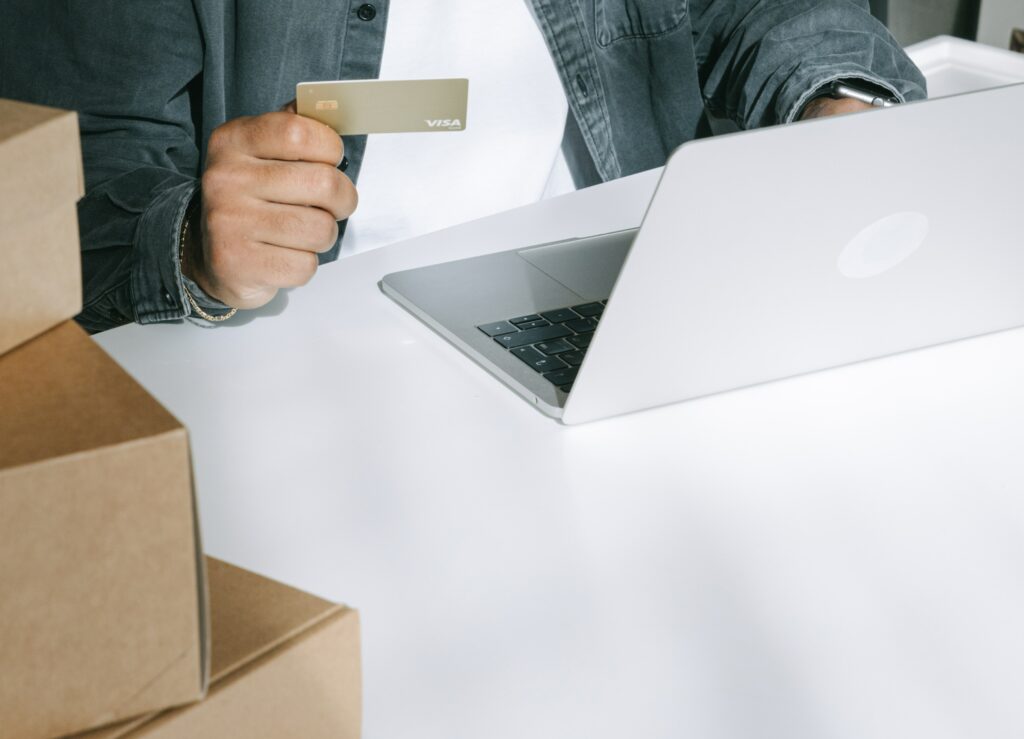Purchasing hundreds of items for your business or organization in a more sustainable way can be overwhelming – but it doesn’t have to be!
There are simple ways to make changes within your business or organization through better purchasing habits and policies. Use these tips to guide your purchasing decisions to make the most sustainable choices possible:
- Do your research and seek out ethical suppliers, or ask your current suppliers about sustainable options and alternatives.
Your suppliers may carry other product lines that you could switch to. Ask them to provide you with a sample of these alternative options to try before you buy. If your suppliers do not offer alternatives right now, you’d be surprised how quickly they might adapt to offer more sustainable options in order to meet your needs!
When choosing or switching to ethical or fair-trade suppliers, you should always do your research before making your final decision. Look into the company’s ethics and policies (which should be listed on their website), and check for any certification labels they promote on their website or products. - Purchase 100% recycled, post-consumer waste or FSC-certified paper products.
This usually includes napkins, paper towels, menus, promotional materials, office supplies and toilet paper. When and if your budget allows it, move to cloth napkins, warm-air hand dryers and digital promotional materials to avoid waste. - Opt for “Green” Cleaning Products
When purchasing cleaning products to be used within your tourism and hospitality business, look for characteristics such as: no phosphates, chlorine, artificial colours or fragrances; biodegradable or recyclable packaging; and organic ingredients sourced with sustainable farming practices. The most common certifications, specific to cleaning products, include Green Seal, ECOLOGO, and EPA Safer Choice. - Look for a Certified Seal or Third Party Certification
When choosing products and suppliers of all types, look for official certification labels, which denotes that companies and/or products have been assessed, verified, and recognized by reputable third-party organizations. Energy Star (energy efficiency), Certified Organic, Forest Stewardship Council, Rainforest Alliance, Certified B Corp, and Fair Trade, and of course, GreenStep Sustainable Tourism Certified, are a few that you can look for. It is important however to be cautious in only using the Certification label as a guarantee of sustainable practices, do your research into what the Certification requires of the company or product, and if in doubt look for products that are produced locally or regionally first, and then expand your geographic region if necessary. - Buy in bulk to minimize packaging.
Purchasing products in bulk is not only more cost effective in the long run, but is also a great way to use less plastic and reduce unnecessary packaging waste. Furthermore, try to avoid non-recyclable packaging such as Styrofoam (Note: Non-recyclable materials can vary depending on region). Look for opportunities to work with other business owners near you to buy items in bulk – it will not only help to reduce plastic and carbon emissions, but could help save you money too! - Go single-use plastic free!
Single-use plastics are plastic items intended to be used only once before they are thrown away or recycled, such as bags, food packaging, product packaging, beverage bottles, containers, cups, lids, cutlery, coffee stirrers, straws, etc. Think about why it is necessary to use these items in your operations, and explore opportunities to significantly reduce, or ideally, eliminate them completely. - Xeriscape your landscaping.
When designing landscaping, select and purchase plants with low water needs and can adapt to climate and soil. Planting a diversity of native plants is also a great way to help attract pollinators to your garden or landscape. And don’t forget to ban the use of harmful pesticides! - Choose low emissions vehicles for your fleet.
If your business owns vehicles, consider purchasing or leasing hybrid or electric vehicles to save on fuel expenses and reduce emissions. Even if it’s too big an expense to do now, take a look at what rebates and incentives are available, and work to budget this in for future purchases. You can also look for used options to keep costs lower. - Choose Clean Energy
Some utilities now allow you to purchase renewable natural gas or green electricity directly from them, or you can also go through an organization like Bullfrog Power. In doing so, you pay a small premium on top of your regular energy bills, but you will be supporting more sustainable choices and reducing your carbon footprint. - Invest in Circularity
Go circular, over linear! Most of us are used to a traditional linear economy, where resources are made into products and used until they can be thrown away as waste. In a circular economy, products are designed to use less raw materials from the start, used to their maximum value throughout their lifecycle, and then are recirculated into another production cycle.How can you implement a circular economy approach into your purchasing and procurement policy? Purchase products that are designed to be reused or refurbished, and find and support suppliers/manufacturers that will lease, rent, or take back their products for recycling or recirculation after use.
October is officially Circular Economy Month in Canada. Learn more about Canada’s first-ever public awareness month dedicated to educating and engaging Canadians on building a circular economy here!
Once you’ve done your research, and found the best suppliers and manufacturers, a best practice is to document your Purchasing Policy to help the entire company follow a set of standards and to help guide your purchasing decisions towards more sustainable choices.
Additional tools:
Sustainable Purchasing Policy Template
How To Conduct a Purchasing Analysis
GreenStep’s Single-Use Plastic Free Certification

